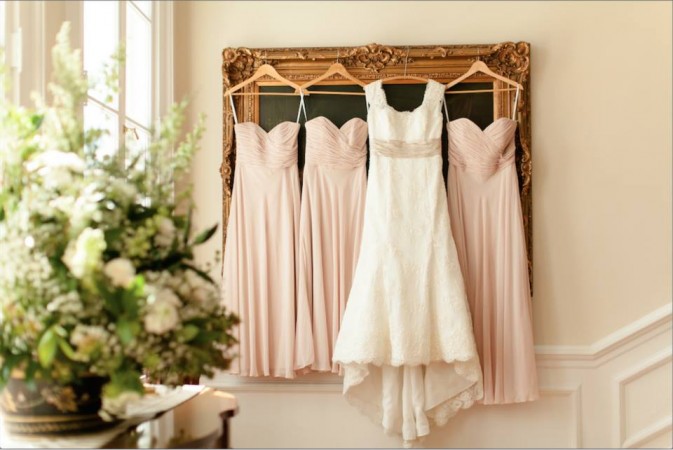
The western tradition of a white wedding dress as we recognize it today started with England’s Queen Victoria, thanks to the white gown she wore to her own wedding to Albert of Saxe-Coburg in 1840.
It’s s fitting piece of history, we think, given the beautiful plantation weddings hosted here at Warner Hall and our own history. Warner Hall has a deep connection to England. We often tell people that today’s royal monarch, Queen Elizabeth II and Victoria’s great-great granddaughter, is a direct descendant of Augustine Warner I, the founder of Warner Hall, through the Bowes-Lyon family and the Earl of Strathmore. Warner Hall is referred to as the home of the Queen’s American ancestors.
But why white? Why did that tradition keep?
According to BBC Culture and an interview with Edwina Ehrman, who curated a wedding gown exhibit at the Victoria and Albert museum years ago, “the connotation of purity was not important. It was about wealth. Throughout the 18th and 19th Century, women who could afford it got married in white. In the days when washing was done painstakingly by hand with a washboard, a white dress was almost impossible to clean thoroughly. It was a garment you just wore once, so it was only for the very wealthy.”
Since Victoria’s trend-setting white dress, we’ve seen some classic, new and vibrant wedding dresses here at Warner Hall. They’ve been chiffon and lace, satin with beads, flowy and short. Here’s a peek at just a few we’ve been delighted to watch walk down the aisle.





